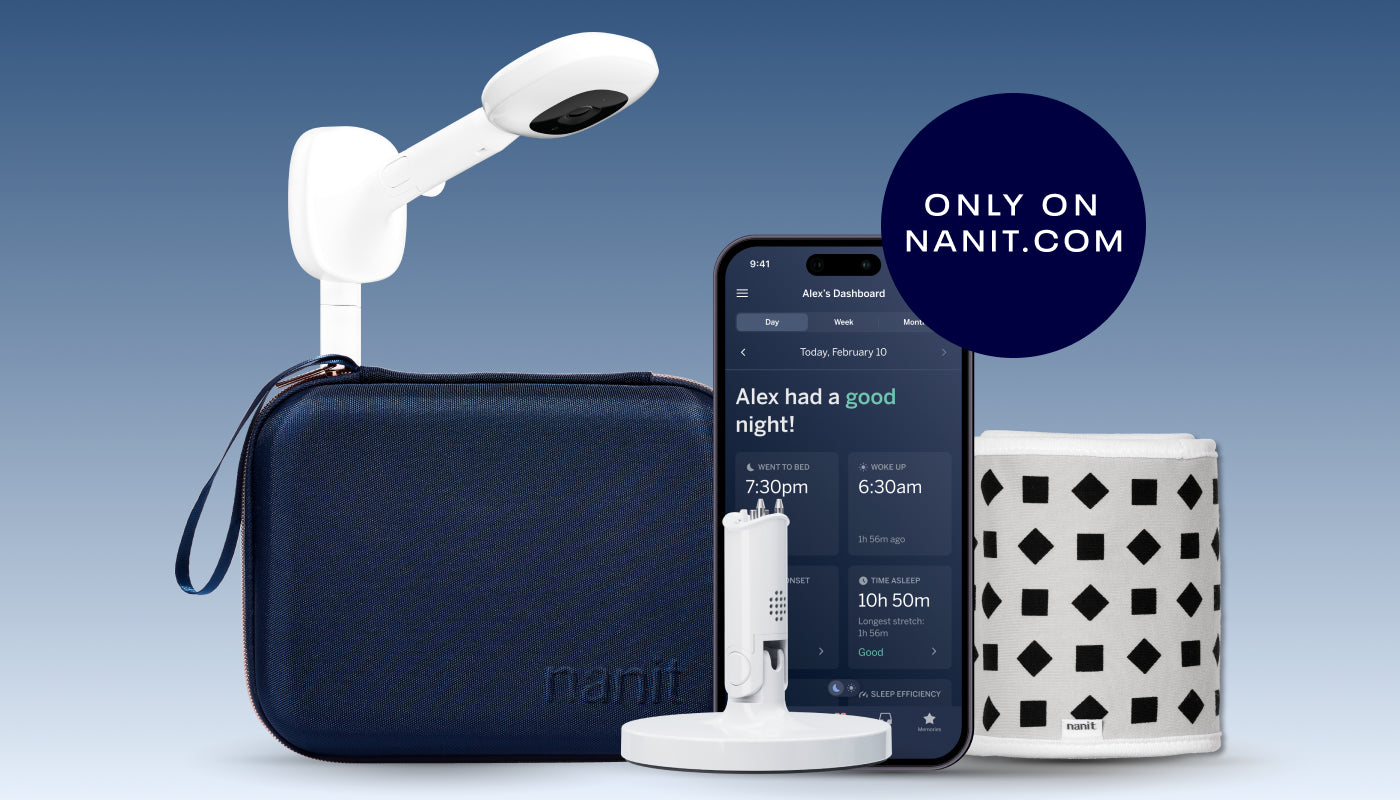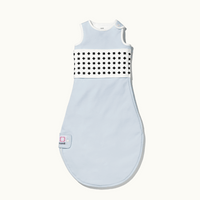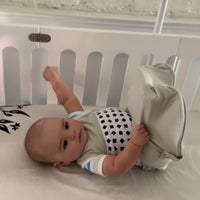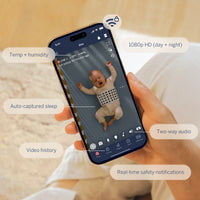Michal Kahn, Natalie Barnett, Assaf Glazer, Michael Gradisar
Abstract
Study objectives
Evidence for the association between screen time and insufficient sleep is bourgeoning, and recent findings suggest that these associations may be more pronounced in younger compared to older children, and for portable compared to non-portable devices. However, these effects have yet to be investigated within the beginning of life. Importantly, there are no data for the relationship between screen exposure and objectively measured infant sleep. This study examined the moderating role of age for both touchscreens' and television's relationship with sleep, using auto-videosomnography within a big-data sample of infants.
Methods
The sleep of 1074 infants (46% girls) aged 0-18 months was objectively assessed using computer-vision technology in this cross-sectional study. Sleep was additionally reported by parents in an online survey, as was infant exposure to screens.
Results
Age significantly moderated the relationship between daytime touchscreen exposure and sleep with a distinct pattern for younger infants, in which screen exposure was associated with decreased daytime sleep, but with a proposed compensatory increase in nighttime sleep consolidation. Compared to touchscreens, television exposure was less likely to be associated with sleep metrics, and age moderated this relationship only for daytime and 24-hour sleep duration.
Conclusions
In young infants, a daytime-nighttime sleep "trade-off" emerged, suggesting that the displacement of daytime sleep by screens may lead to greater accumulation of sleep homeostatic pressure, which in turn facilitates more consolidated nighttime sleep.
Keywords
auto-videosomnography; big-data; infant sleep; media screen exposure; touchscreens.
About the Researchers
The researchers included Michal Kahn, Natalie Barnett, Assaf Glazer, and Michael Gradisar

- Dr. Michal Kahn is a sleep researcher and licensed clinical psychologist, specializing in pediatric insomnia and sleep development. She is a senior lecturer (assistant professor) at the School of Psychological Sciences at Tel Aviv University, Israel.
- Dr. Natalie Barnett serves as VP of Clinical Research at Nanit. Natalie initiated sleep research collaborations at Nanit and in her current role, Natalie oversees collaborations with researchers at hospitals and universities around the world who use the Nanit camera to better understand pediatric sleep and leads the internal sleep and development research programs at Nanit. Natalie holds a Ph.D. in Genetics from the University of New England in Australia and a Postgraduate Certificate in Pediatric Sleep Science from the University of Western Australia. Natalie was an Assistant Professor in the Neurogenetics Unit at NYU School of Medicine prior to joining Nanit. Natalie is also the voice of Nanit's science-backed, personalized sleep tips delivered to users throughout their baby's first few years.
- Dr. Michael Gradisar is a Professor and Director and Clinical Psychologist at the Child & Adolescent Sleep Clinic at WINK Sleep in Australia, and the Head of Sleep Science at Sleep Cycle in Sweden. Dr. Gradisar has specialized in the treatment of pediatric sleep problems since 2006. He has provided training to over 420 psychologists throughout Australia on the treatment of pediatric sleep disorders, and published several research studies evaluating the treatment of insomnia and circadian rhythm disorders in children, adolescents and adults. In all, Dr. Gradisar has over 100 publications in peer-reviewed journals, has authored several book chapters, and has presented on sleep-related research and intervention internationally.



























